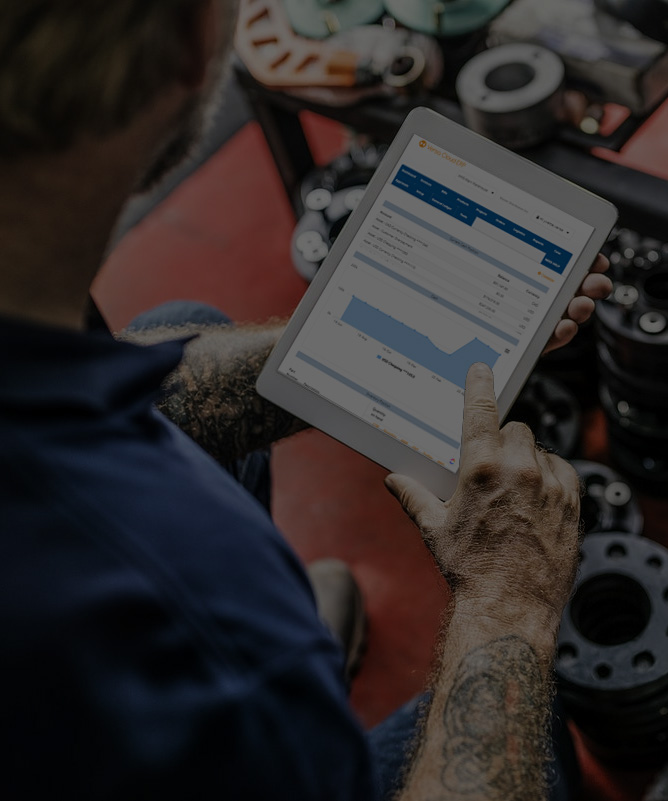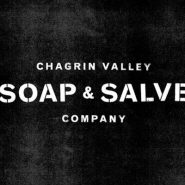It is vital for a modern small business to Optimize inventory. The goal of optimizing inventory is to maximize the use of company resources and to lower costs, without hindering customers by slowing down order processing.
Challenges for Retailers and Distributors
For any business to Optimize inventory for retailers and distributors of durable goods should always be top of mind. To take a page from the Amazon playbook, companies should be automating these processes in a fashion that requires little to no maintenance. In addition, this includes the ability to manage inventory across multiple locations and systems including e-Commerce and POS systems, drop-shipping, paperless receiving, and easy cycle counting.
Some of the challenges companies face that don’t have optimized inventory:
- Products going out of stock which results in back-orders lost sales, and unhappy customers
- Overstocking products resulting in higher inventory costs and inefficient use of company resources; including warehouse space and management
- Incorrect or out-of-date inventory data requiring constant manual stock checks
- Above all, poor inventory tracking systems resulting in improper accounting of inventory
Overcoming Inventory Challenges
In addition, for a business to optimize inventory should also involve automating your entire supply chain. This cradle-to-grave approach promotes the proper handling of stock on the shelf and ensuring that demand forecast and replenishment schedule match in an effective way.
Three ways to help optimize your supply chain:
- Categorize your inventory based on value and speed of turnover. Firstly, consider restructuring how your warehouse is set up to improve processing and receiving orders. Also, making adjustments to your forecast to prevent overstocking high-cost items with lower demand.
- Secondly, automate and connect demand forecasting and replenishment schedule. External conditions and market trends add complications to forecasting and replenishment; these are unavoidable. However, modern systems, such as Versa Cloud ERP, can tie your historical demand data to your forecasting schedule to ensure stock is ordered based on prior demand. This not only optimizes inventory for regular demand but offers a dynamic approach to making adjustments to dampen the effects of external causes.
- Most importantly, invest in modern optimization technology. Moreover, older ERP systems (most often on-premise solutions) rely on antiquated technology. Moreover, they rely on expensive add-on systems to drive inventory optimization. These systems can easily break down, or worse, provide inaccurate information due to their incompatibility with modern business practices. All-in-one systems like Versa Cloud ERP offer a comprehensive solution that provides your business with on-demand inventory insights to drive better business decisions and lower costs.
ERP systems that enable this automation used to be cost prohibited for most SMBs. However, in recent years cloud-based, modern solutions like Versa Cloud ERP have become more affordable. Not only is Versa Cloud ERP capable of optimizing inventory management but also comes with core features such as Advanced Inventory, Multi-Entity Accounting, Purchase and Order Management, Distribution, Production, CRM, E-Commerce (connectivity), Projects, and more.
For more information on the challenges modern SMBs face, download our ebook. Above all, in it, you’ll learn six hard questions every business owner should be asking themselves to compete in the Age of Amazon.




